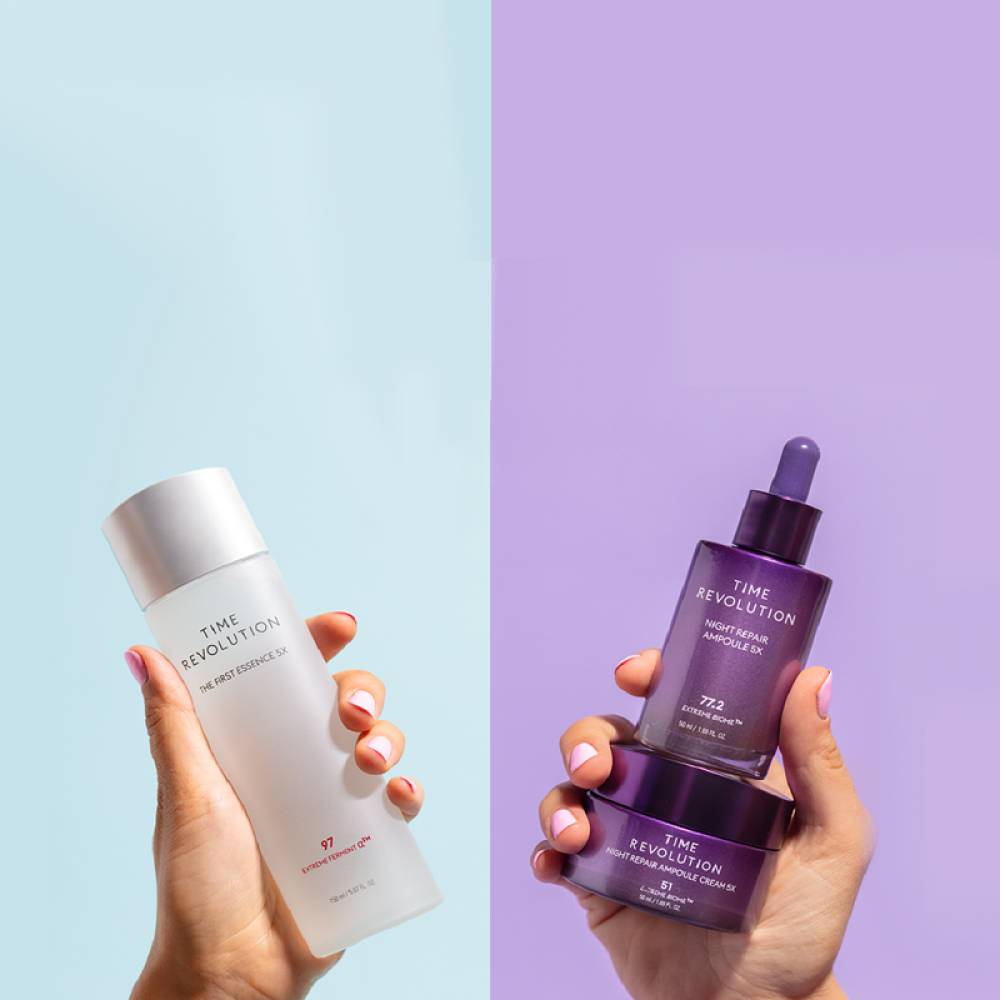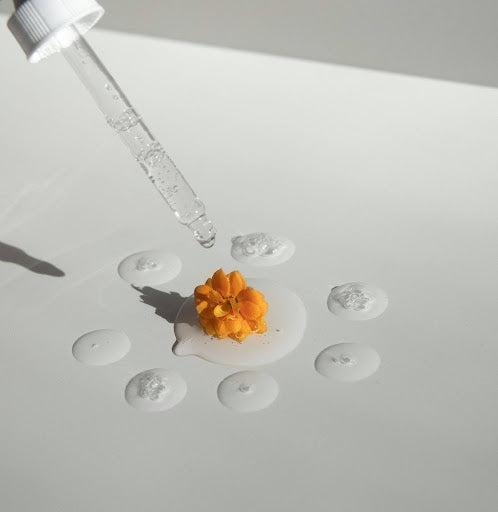Snail mucin has gained popularity in the skincare industry for its purported benefits. Despite the initial skepticism surrounding this ingredient, it has become a staple in many skincare routines. In this article, we will dive deep into the world of snail mucin, exploring its composition, harvesting methods, skincare benefits, and future potential. Let's uncover the truth about snail mucin.
Understanding Snail Mucin
Snail mucin, also known as snail secretion filtrate, is a substance produced by snails to protect and repair their skin. While it may initially sound unappetizing, this unique secretion holds remarkable properties that can benefit human skin.
Snail mucin has gained popularity in the beauty industry for its ability to hydrate, soothe, and repair the skin. This natural ingredient is known for its anti-aging properties and its effectiveness in improving skin texture and elasticity.
Definition and Origin of Snail Mucin
In simple terms, snail mucin is a slimy substance secreted by snails. The idea of incorporating snail mucin in skincare products originated in South Korea, where snails were observed to have remarkably soft and smooth skin despite their daily exposure to abrasive surfaces.
Snail mucin is harvested through a process that is safe for the snails, involving gentle stimulation to encourage them to secrete the mucin. Once collected, the mucin undergoes filtration and purification to ensure its quality and efficacy in skincare products.
The Composition of Snail Mucin
Snail mucin is a complex mixture of various components. It contains proteins, glycoproteins, hyaluronic acid, antimicrobial peptides, enzymes, antioxidants, and growth factors. These elements work synergistically to repair and rejuvenate the skin.
Proteins in snail mucin help to strengthen the skin's barrier function, reducing moisture loss and protecting against environmental stressors. Hyaluronic acid provides intense hydration, plumping up the skin and reducing the appearance of fine lines and wrinkles. Antioxidants in snail mucin help to combat free radicals, preventing premature aging and promoting a youthful complexion.
The Science Behind Snail Mucin
Curious about how snail mucin is harvested and its healing properties? Let's explore the scientific aspects of this intriguing skincare ingredient.
Snail mucin, also known as snail secretion filtrate, has been a popular ingredient in skincare products for its remarkable benefits. The process of harvesting snail mucin is a fascinating one that involves creating a stress-free environment for the snails. This environment encourages the snails to produce mucin, which is then carefully collected to preserve its potency.
How Snail Mucin is Harvested
Snail mucin is typically obtained in a cruelty-free manner. Snails are placed on special surfaces that mimic their natural environment, promoting their secretion of mucin. Once collected, the mucin is carefully filtered and processed to ensure its purity.
Snail mucin harvesting facilities prioritize the well-being of the snails, ensuring they are well-nourished and stress-free. This ethical approach not only produces high-quality mucin but also aligns with the growing demand for sustainable and cruelty-free skincare practices.
The Healing Properties of Snail Mucin
Snail mucin contains components that provide numerous benefits to the skin. It has hydrating properties that enhance moisture retention, making the skin appear plump and supple. Additionally, its antimicrobial peptides help fight off bacteria, reducing the risk of breakouts and infections.
Moreover, snail mucin is known for its wound-healing capabilities. It helps to minimize scarring, reduce redness and inflammation, and promote skin regeneration. These qualities make it a valuable ingredient for those with acne-prone or sensitive skin.
Research has shown that snail mucin also contains antioxidants and anti-aging properties, making it a versatile ingredient in combating signs of aging and environmental damage. Its ability to repair the skin's barrier function and improve elasticity has made it a sought-after ingredient in skincare formulations worldwide.
Snail Mucin in Skincare
Now that we understand the potential of snail mucin, let's explore its specific benefits and popular applications in skincare.
Snail mucin, also known as snail secretion filtrate, has been a rising star in the skincare world due to its remarkable properties. This unique ingredient is packed with nutrients like hyaluronic acid, glycoproteins, and antimicrobial peptides, making it a powerhouse for skin health.
Benefits of Snail Mucin for Skin
- Deep Hydration: Snail mucin's moisture-retaining properties help to hydrate and nourish the skin, promoting a healthy and youthful appearance.
- Improves Skin Texture: The proteins and growth factors in snail mucin aid in smoothing out rough skin texture and reducing the appearance of fine lines and wrinkles.
- Calming and Soothing: Snail mucin's anti-inflammatory properties make it effective in calming irritated and sensitive skin, providing relief from redness and itchiness.
- Enhances Skin Barrier: The combination of hyaluronic acid and antioxidants in snail mucin strengthens the skin's protective barrier, preventing moisture loss and environmental damage.
Moreover, snail mucin is known for its ability to promote collagen production, which can help improve skin elasticity and firmness over time. This natural ingredient is suitable for all skin types, including sensitive and acne-prone skin, making it a versatile addition to any skincare regimen.
Popular Snail Mucin Skincare Products
The popularity of snail mucin has led to the development of numerous skincare products that harness its benefits. From moisturizers to serums and masks, there is a wide range of options available to incorporate snail mucin into your skincare routine.
When choosing snail mucin products, it is important to look for reputable brands that source their mucin ethically and adhere to strict quality standards. Look for products that contain a high concentration of snail mucin for maximum efficacy, and consider incorporating them into your skincare routine to experience the transformative benefits of this natural wonder.
Debunking Myths About Snail Mucin
Despite its growing popularity, snail mucin has also faced its fair share of misconceptions. Let's address some common myths surrounding this intriguing skincare ingredient.
Snail mucin, derived from the secretion of snails, has gained recognition for its hydrating and skin-repairing properties. Contrary to misconceptions, this ingredient is not slimy or greasy when incorporated into skincare products. Snail mucin is known for its lightweight texture that absorbs quickly into the skin, providing a boost of moisture without any greasy residue.
Addressing Common Misconceptions
One prevailing myth is that snail mucin is slimy and greasy on the skin. However, when properly formulated, snail mucin products have a lightweight, non-greasy texture that absorbs quickly without leaving a residue.
Another myth is that snail mucin is harvested through cruel or harmful methods. On the contrary, reputable skincare brands prioritize ethical practices, ensuring the safety and well-being of the snails involved in the mucin extraction process.
Snail mucin production is a carefully regulated process to guarantee the quality and safety of the final products. Skincare companies that source snail mucin adhere to strict guidelines to ensure the ethical treatment of the snails. These guidelines often include providing a natural habitat for the snails, allowing them to roam freely, and ensuring they are not harmed during the mucin extraction process.
The Safety and Ethics of Snail Mucin Production
Regulatory bodies closely monitor the production of snail mucin to assure its safety for consumers. It is essential to choose products from trustworthy brands that prioritize the ethical treatment of snails and adhere to strict quality control measures.
The Future of Snail Mucin
The potential uses and ongoing research surrounding snail mucin indicate a promising future for this unique skincare ingredient.
Ongoing Research and Potential Uses
Scientists and skincare experts continue to explore the therapeutic properties of snail mucin. Ongoing research aims to uncover its potential in treating various skin conditions, such as acne, and eczema, and even aiding in the recovery of burns and wounds.
The versatility of snail mucin may also extend beyond skin care. Research suggests its potential use in pharmaceuticals, wound dressings, and even as a source of sustainable bioenergy.
Recent studies have delved into the molecular structure of snail mucin, revealing a complex blend of glycoproteins, hyaluronic acid, and antioxidants. These components contribute to its hydrating, soothing, and anti-aging properties, making it a sought-after ingredient in the cosmetics industry.
Sustainability and the Snail Mucin Industry
As the demand for snail mucin increases, efforts are being made to ensure sustainability within the industry. This includes implementing environmentally friendly practices and finding alternative sources of snail mucin to reduce the impact on snail populations.
In addition to its skincare benefits, snail mucin farming has shown potential as a sustainable agricultural practice. Snails are known for their low environmental impact, requiring minimal resources and producing little waste. This has led to initiatives promoting snail farming as a way to support rural economies and provide an eco-friendly protein source.








